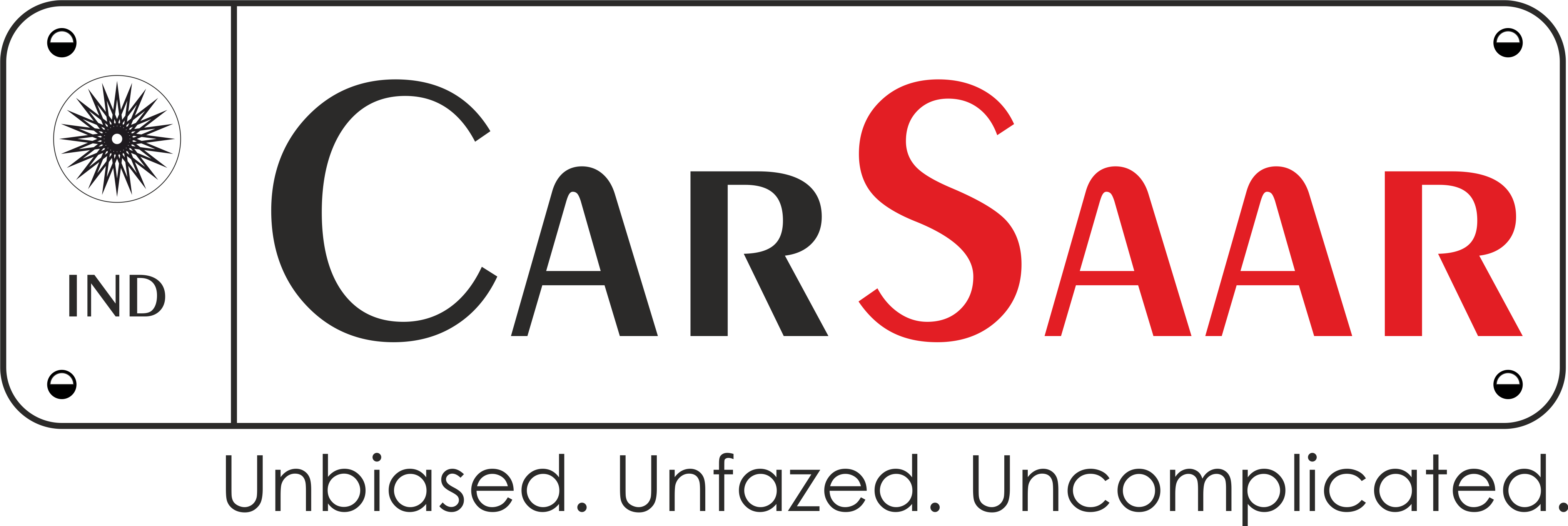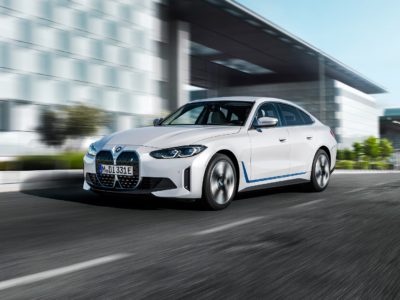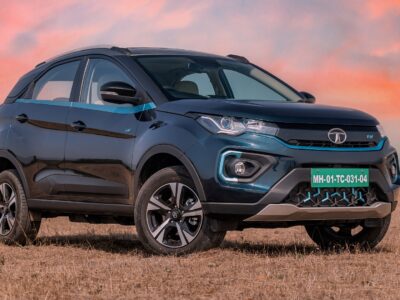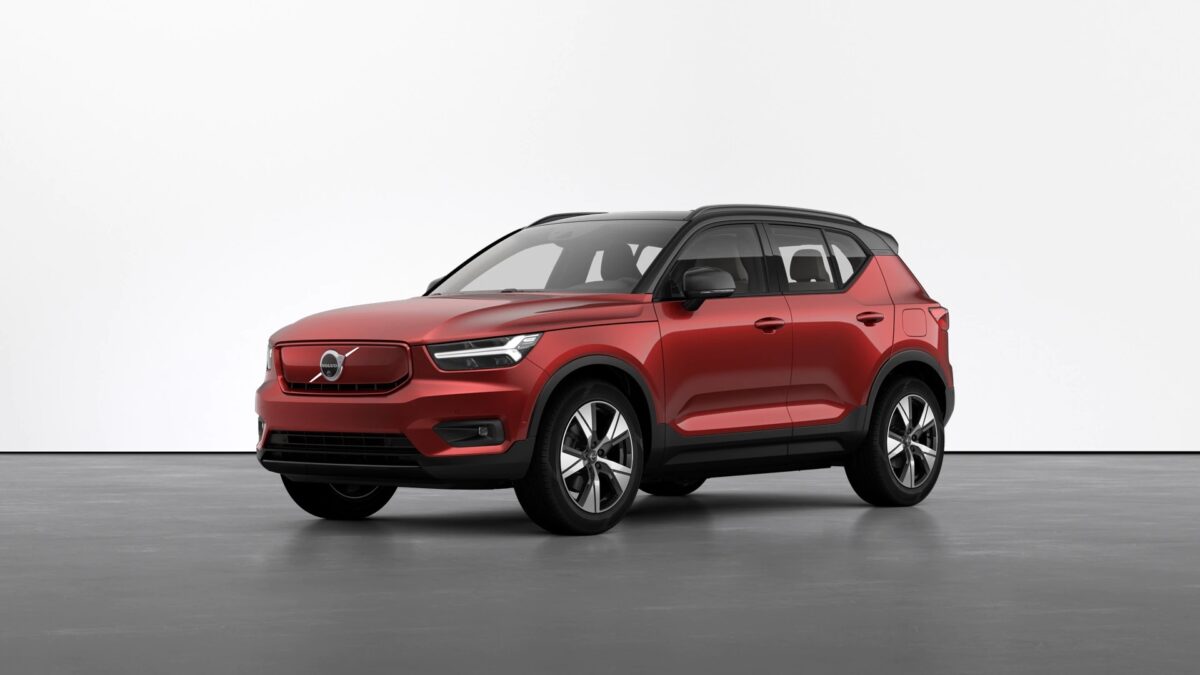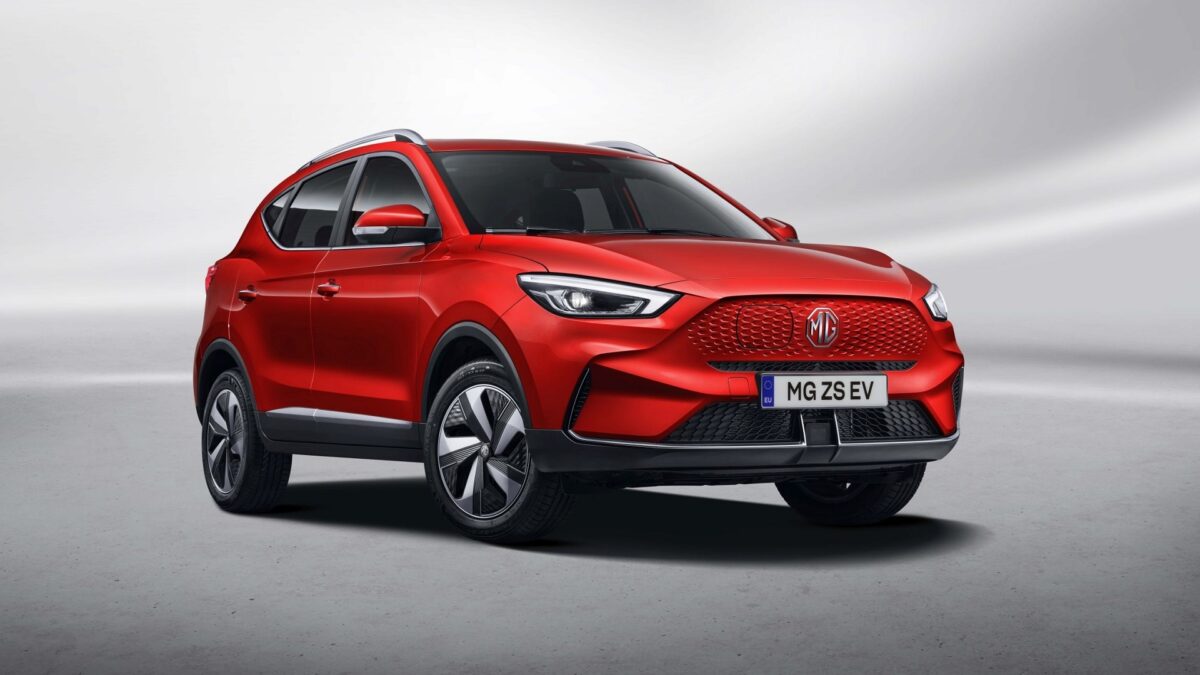It is imperative to brainstorm from all possible angles when trying to carve out a sustainable ecosystem for something as big as shifting from conventional vehicles, which are powered by internal combustion engines, to EVs (electric vehicles). Several players around the world are spending billions to make this transition as smooth as possible. One amongst those names is Volkswagen and while it will start rolling out its own range of pure-electric vehicles soon, the German automaker has also been rather busy in simplifying the way to have a robust, flexible and sustainable charging infrastructure.
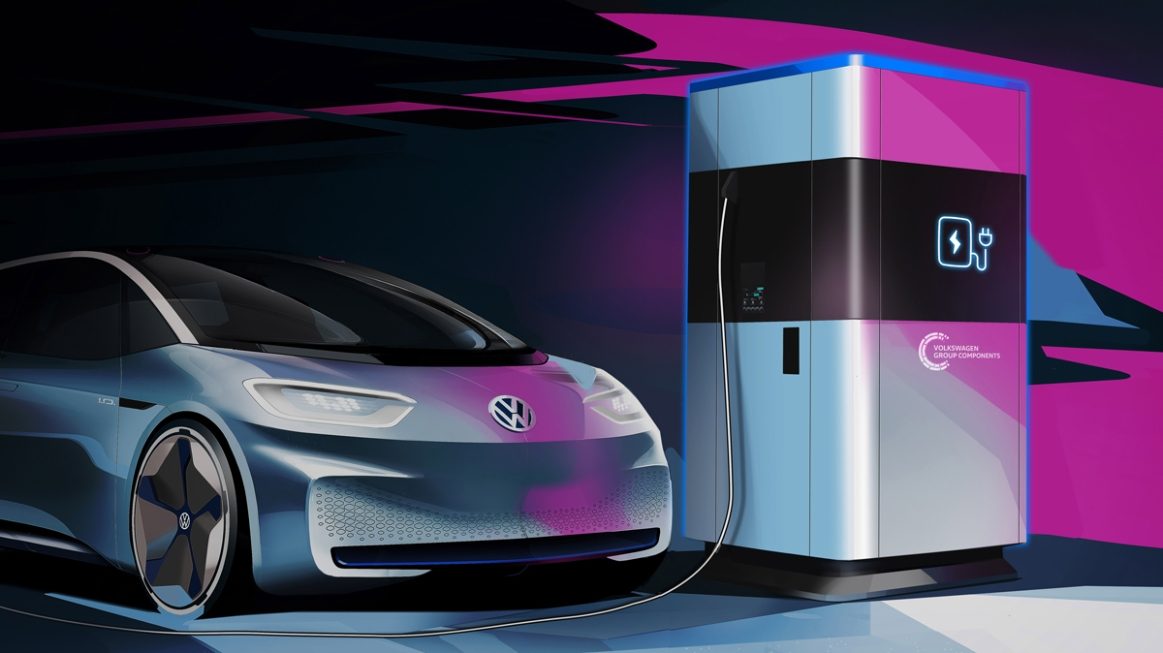
That’s where Volkswagen’s Mobile Quick Charging Stations (VMQCS) come in. The most interesting word in that name is Mobile. No, that doesn’t mean it will charge mobile phones! What it actually refers to the real kicker of the charging stations. Volkswagen claims that its quick charging station can be set up anywhere. Quite literally! If it has a power source to charge its onboard batteries, good as it can self-replenish with up to 30 kW via an AC feed. If it doesn’t, the 360-kWh battery pack can charge up to four electric vehicles simultaneously – two each with DC and AC feeds.
Volkswagen has taken an average of 24 kWh as the required energy to charge an electric vehicle. That means a single VMQCS with a full charge can replenish up to 15 e-vehicles. Each of the DC charging stations can juice-up a battery pack with a feed of up to 100 kWh.
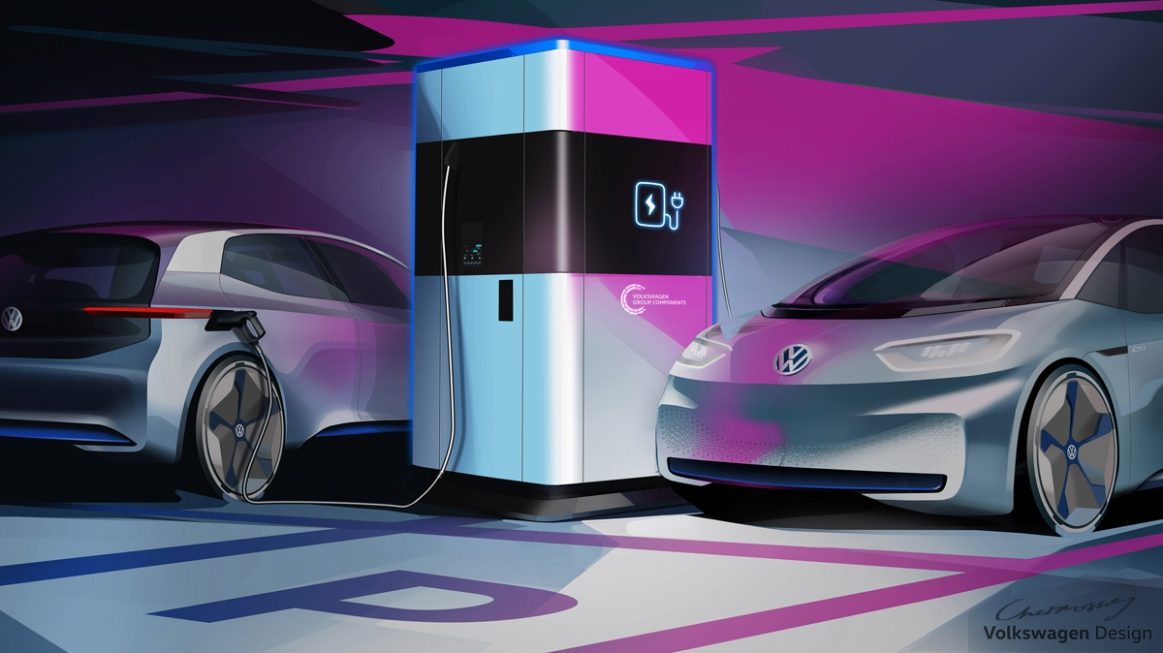
Another big positive, apart from requiring minimal structural changes wherever it is installed, is that a VMQCS can also gain a CO2 neutrality status. How? It can also recharge its onboard batteries via solar or wind energy. Passing on electricity gained from a renewable energy source is something not many players are thinking about. Sure, the charging times of the batteries within the charging station will be higher. But it can keep on extracting energy from the sun or the wind whenever they are available.
What’s inside a VMQCS? The battery pack is from Volkswagen Group’s Modular Electric Toolkit (MEB). The setup not only helps in fast charging but also allows batteries from EVs to have a second life. Over a period of time, a battery loses its charging capacity. In an EV, the battery can be exchanged for a new one. That used battery, if found fit-enough, can be used in a mobile charging station.
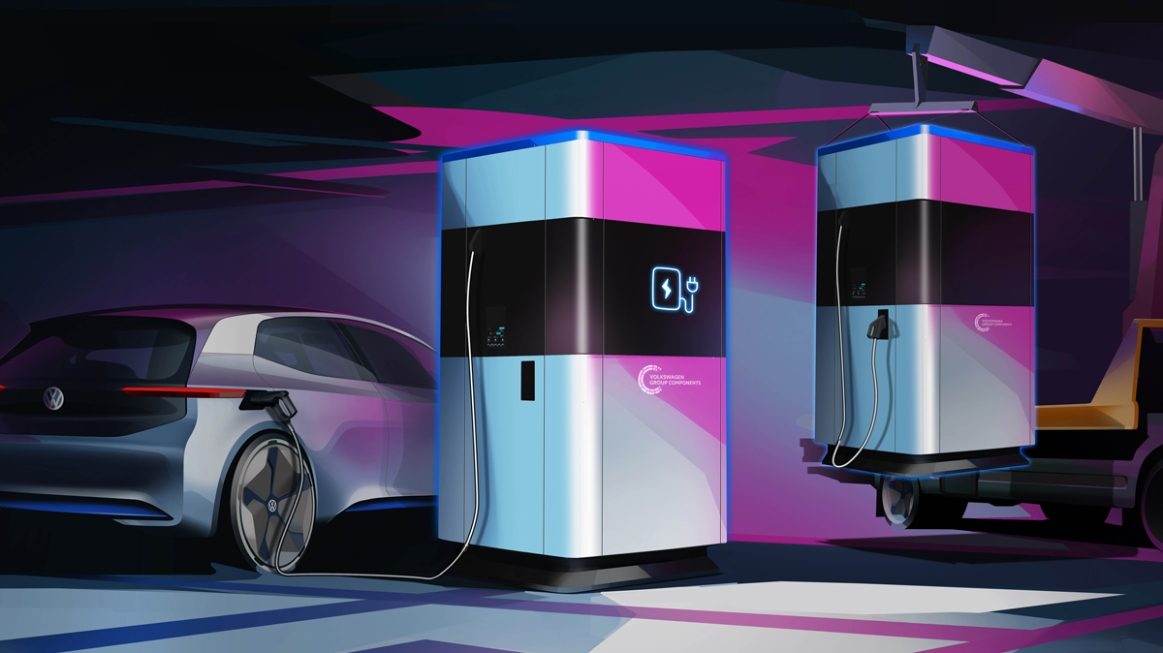
Volkswagen claims that the Mobile Quick Charging Station was developed with the aim of conceiving a closed life cycle for the battery. The first set of VMQCS will roll out of the production floor in 2020.

